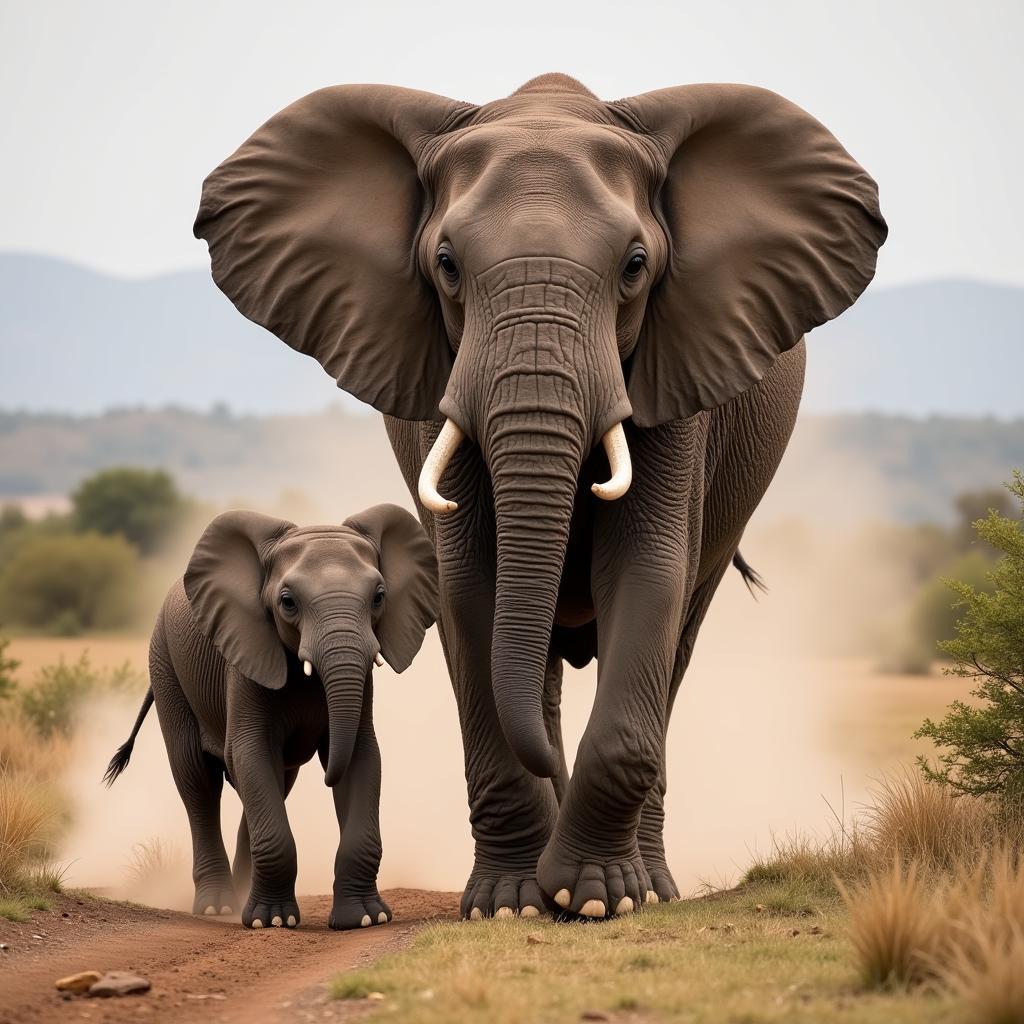African Giant African Mosquito: Myth vs. Reality
The African Giant African Mosquito, a phrase that often evokes images of monstrous insects, is a topic shrouded in both fascination and misinformation. This article delves into the reality of large mosquitoes in Africa, separating fact from fiction and exploring their role in the ecosystem. We’ll examine their life cycle, habitat, and the potential health risks they pose.
While the term “African giant African mosquito” isn’t a scientifically recognized species name, Africa is home to some of the largest mosquito species in the world. These include certain species within the Toxorhynchites genus, known for their impressive size but surprisingly harmless nature as adults. They don’t feed on blood, unlike their smaller, more notorious relatives. This article will clarify the common misconceptions surrounding these gentle giants and introduce you to the real threats posed by smaller, disease-carrying mosquito species. Learn about the crucial role these insects play, and how you can protect yourself from the dangers some of them present. We’ll even address some of the common questions people have about these fascinating creatures.
Decoding the “African Giant African Mosquito”
The phrase itself seems to point to an exceptionally large mosquito species. However, the redundancy suggests a popular misunderstanding. The reality is slightly more nuanced. While Africa does have large mosquitoes, the term “African giant African mosquito” likely arises from exaggerated stories and a general fear of these insects.
One of the largest mosquito species found in Africa is the Toxorhynchites brevipalpis, sometimes reaching over an inch in length. Their size can be intimidating, but they are not blood-feeders. Instead, the adults feed on nectar and fruit juices. This distinguishes them from the smaller, disease-carrying mosquitoes that pose a real threat to human health.
The larvae of Toxorhynchites mosquitoes, however, are voracious predators of other mosquito larvae. This makes them a valuable ally in controlling mosquito populations, including those that transmit diseases. Understanding this predator-prey relationship is key to appreciating the complex ecosystem these insects inhabit.
The Real Threat: Disease-Carrying Mosquitoes
While the large Toxorhynchites mosquitoes are harmless, other, smaller mosquito species in Africa pose significant health risks. Species like Anopheles gambiae and Aedes aegypti are vectors for diseases such as malaria, dengue fever, Zika virus, and yellow fever. These diseases are a serious concern in many parts of Africa, and understanding their transmission is crucial for effective prevention and control.
These smaller mosquitoes breed in stagnant water, making even small puddles a potential breeding ground. Effective mosquito control strategies include eliminating standing water, using insecticide-treated bed nets, and applying mosquito repellents.
Life Cycle and Habitat of African Mosquitoes
Mosquitoes undergo a complete metamorphosis, progressing through four distinct stages: egg, larva, pupa, and adult. The larval stage is aquatic, highlighting the importance of water sources in their life cycle. Different species prefer different breeding sites, ranging from small containers to large bodies of water.
The habitat of African mosquitoes varies widely depending on the species. Some prefer forests, while others thrive in urban environments. Understanding these habitat preferences is essential for targeted mosquito control efforts.
What attracts mosquitoes to humans?
Mosquitoes are attracted to humans primarily by the carbon dioxide we exhale, body heat, and certain body odors.
How can I protect myself from mosquito bites?
Using insect repellents, wearing long sleeves and pants, and sleeping under insecticide-treated bed nets are effective ways to protect yourself from mosquito bites.
“The key to effective mosquito control is understanding their biology and ecology,” says Dr. Anika Malima, a leading entomologist specializing in African mosquito vectors. “Targeted interventions based on this knowledge can significantly reduce the burden of mosquito-borne diseases.”
Conclusion
The “African giant African mosquito,” while a captivating phrase, is more myth than reality. While large mosquitoes exist in Africa, such as the Toxorhynchites species, they are not the blood-sucking menaces often imagined. The real threat comes from smaller, disease-carrying mosquitoes. Understanding the difference is crucial for effective public health strategies. By focusing on the real dangers and implementing appropriate control measures, we can mitigate the risks posed by these tiny but significant creatures. Remember to take precautions against mosquito bites, especially in areas known for mosquito-borne diseases.
FAQ
-
What is the largest mosquito species in Africa? Toxorhynchites brevipalpis is among the largest.
-
Do all African mosquitoes bite humans? No, some species, like Toxorhynchites, feed on nectar and other insects.
-
What diseases do African mosquitoes transmit? Malaria, dengue fever, Zika virus, and yellow fever are some examples.
-
How can I prevent mosquito bites? Use insect repellent, wear protective clothing, and sleep under bed nets.
-
Are there any benefits to having mosquitoes? Yes, some species are pollinators, and others, like Toxorhynchites larvae, help control other mosquito populations.
-
What is the life cycle of a mosquito? Egg, larva, pupa, and adult.
-
Where do mosquitoes breed? Mostly in stagnant water.
Scenarios for Common Questions
Scenario 1: You see a very large mosquito in your home and are concerned about it biting you. Remember, size isn’t everything. The largest mosquitoes in Africa are not blood feeders. It is likely a harmless Toxorhynchites.
Scenario 2: You’re planning a trip to Africa and are worried about mosquito-borne diseases. Consult your doctor about necessary vaccinations and preventative measures. Pack insect repellent and consider insecticide-treated clothing and bed nets.
Further Reading and Related Articles
-
Learn more about African elephants and their relationship with mud.
-
Explore other fascinating insects found in Africa.
When you need support, please contact Phone Number: +255768904061, Email: kaka.mag@gmail.com Or visit: Mbarali DC Mawindi, Kangaga, Tanzania. We have a 24/7 customer care team.


